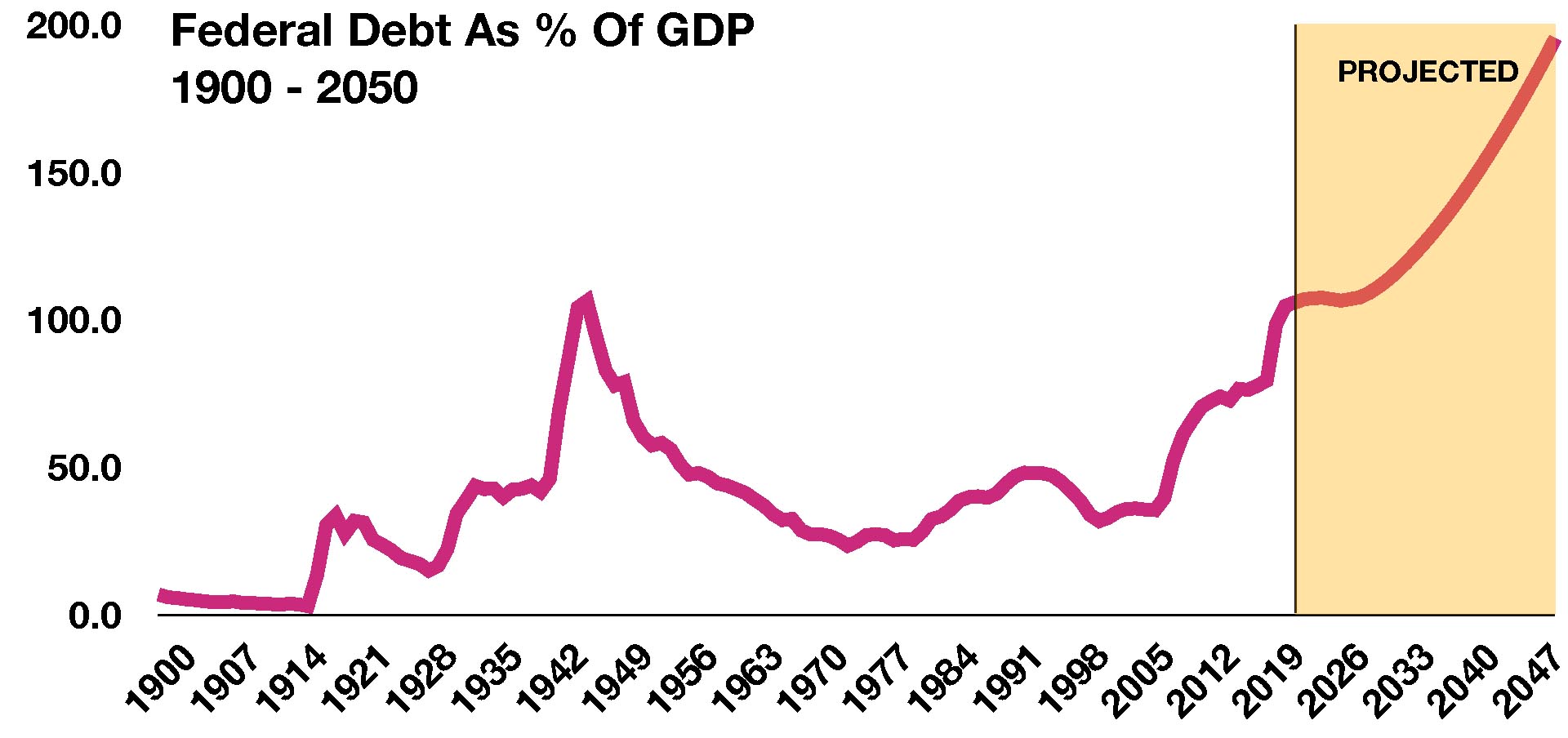Stock Indices:
| Dow Jones | 39,118 |
| S&P 500 | 5,460 |
| Nasdaq | 17,732 |
Bond Sector Yields:
| 2 Yr Treasury | 4.71% |
| 10 Yr Treasury | 4.36% |
| 10 Yr Municipal | 2.86% |
| High Yield | 7.58% |
YTD Market Returns:
| Dow Jones | 3.79% |
| S&P 500 | 14.48% |
| Nasdaq | 18.13% |
| MSCI-EAFE | 3.51% |
| MSCI-Europe | 3.72% |
| MSCI-Pacific | 3.05% |
| MSCI-Emg Mkt | 6.11% |
| US Agg Bond | -0.71% |
| US Corp Bond | -0.49% |
| US Gov’t Bond | -0.68% |
Commodity Prices:
| Gold | 2,336 |
| Silver | 29.43 |
| Oil (WTI) | 81.46 |
Currencies:
| Dollar / Euro | 1.06 |
| Dollar / Pound | 1.26 |
| Yen / Dollar | 160.56 |
| Canadian /Dollar | 0.73 |
Where Anticipated Tax Hikes May Hit – Tax Planning
While the three stimulus programs amount to over $4.5 trillion were mostly funded by government debt, the recently introduced $2.25 trillion infrastructure plan will be primarily funded by tax increases. Preliminary indications are that the anticipated tax hikes will target both corporations and high earning individuals. The tax increases may be the largest since 1993. The following are among the proposals currently being considered:
Raising the corporate tax rate to 28% from 21%;
Reducing tax preferences for pass-through entities, such as LLCs, S-Corps & Partnerships;
Tax increases for individuals earning more than $400,000;
Expanding estate taxes;
Higher capital gains tax rate for individuals earning $1 million or more.
The lingering concern is that individual tax payers that are small business owners may end up paying higher taxes even if their incomes are below $400,000. This could occur if the existing 20% pass-through tax deduction is eliminated or altered, essentially affecting about 95% of all businesses in the United States.
Sources: Taxpolicycenter.o
